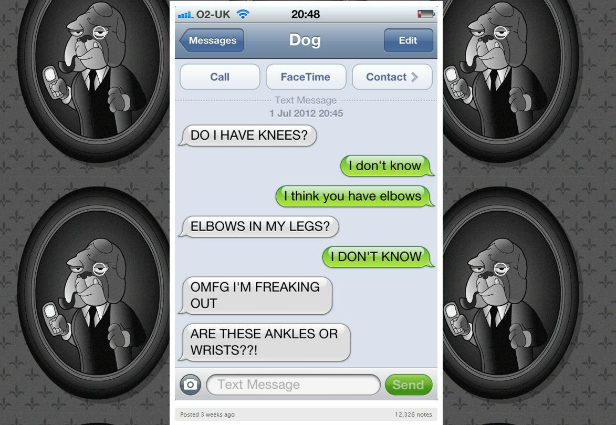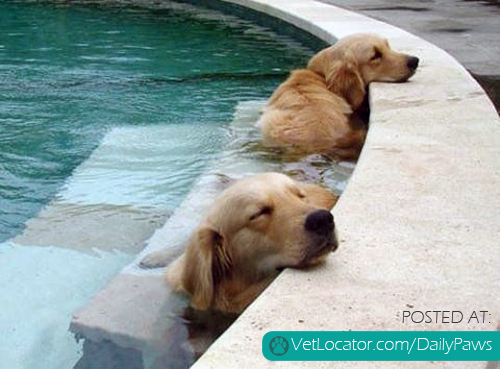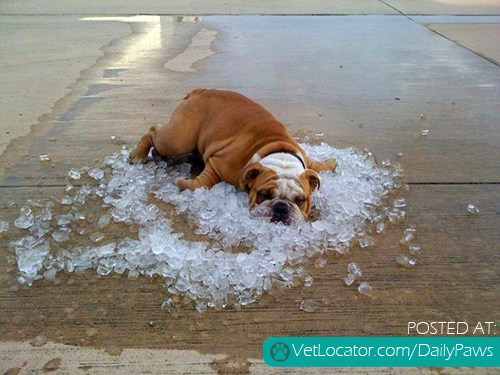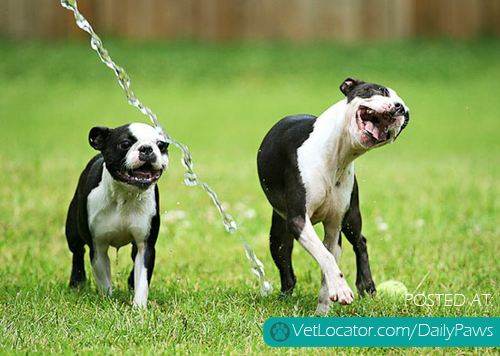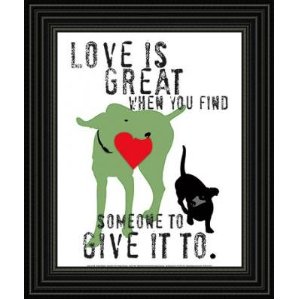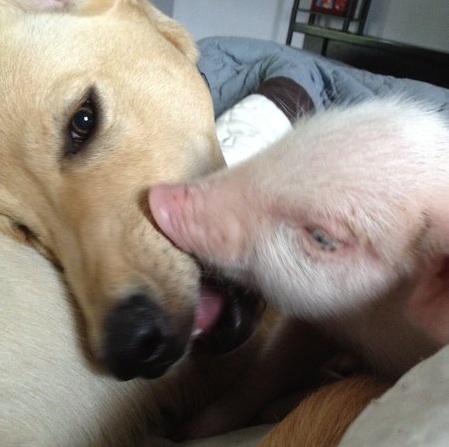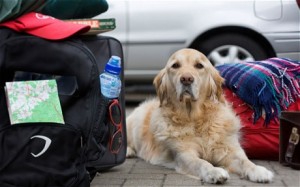 When you look at a dirty pet, what do you see?
When you look at a dirty pet, what do you see?
Dirt, germs, bugs, stinkiness, things that can make you sick.
Feeling queasy? Me too.
While your pets do not normally affect your health in a bad way (unless, of course you have a pet allergy), there is a chance that a dirty pet can introduce something unpleasant into your household that you’d rather not meet.
So having a cleaned up pet, aka pet grooming, is good for your health. See how that is?
And it is also good for your pet’s health too!
Here is a recent article by Dr. Dave Altman of Animal Hospital of Onslow County in Florida:
“Pet owners who view grooming merely as a way of making their animals look and smell nice may not understand the veterinary necessity of such procedures. “Pet grooming is more than just a vanity measure — it’s an essential part of preventative care,” says Dr. Altman. “Grooming at a veterinary facility can prove invaluable for early detection and prevention of many health problems.”
A typical grooming session at the animal clinic may include bathing, trimming of hair and nails, dental cleanings and anal gland expression, accompanied by a careful evaluation of the pet’s skin, eyes and ears. “Bathing and hair care procedures allow us to learn a lot about the current state of a pet’s health,” explains the vet. “We examine the skin for any signs of trouble such as hot spots, lumps or obvious infections. We can also determine whether the pet suffers from flea, tick or mite infestations.” The vet adds that any such problems can be promptly treated with hypo-allergenic medicated shampoos or other products. “The mere act of bathing can do wonders for the skin by removing pests and cleansing the skin surfaces of oils that serve as bacteria.”
Nail trimming also plays an important role in pet care, according to Dr. Altman. “Most pet owners trim their animals’ nails to preserve furniture and flooring, but this kind of grooming can also preserve a pet’s health,” he says. “Indoor pets in particular do not wear their nails down the way a wild animal would. So the nails get longer and longer until they eventually catch on something and tear away from the paw. This is not only painful, but it also gives bacteria a chance to enter, especially if the pet licks the wound.” Regular nail trimming, the doctor explains, can help prevent this type of injury. “You can trim your pet’s nails yourself, but a veterinarian or professional groomer can do the job more efficiently — and without accidentally causing harm.” The veterinarian adds that anal gland expression is another task many pet owners prefer to leave to the pet grooming professional.
Some Jacksonville pet owners might not associate dental cleanings with grooming, but Dr. Altman notes that the inside of your pet’s mouth benefits from cleanliness just as his skin and fur do. “Proper dental care helps prevent tooth decay and dangerous gum infections. All of these procedures work together to keep your pet healthier and more comfortable,” says Dr. Altman.”
Grooming your dog or cat at home (between trips to the veterinary groomer) is a good way to do your own observations of how your pet is doing, and also to increase the bond you share with them.
Many pets see getting brushed as an petting, other form source of petting. It feels GOOD!
As you brush, pay attention to any tender areas, bumps, cuts or other things about their skin or body that might be concerning. Of course, keep an eye open for fleas and ticks, and get those critters removed right away when you spot time.
Brush or comb the whole body, including the ears, collar area and belly. If you can, brush daily. If not once a week or more is good.
Check ears and wipe clean if they are dirty.
Check teeth. Some people brush their pet’s teeth and you can find lots of products at any large pet store as well as purchasing them from your veterinarian or groomer so that you can do this at home between professional teeth cleaning visits.
Your veterinarian or groomer will also have tips for grooming your particular pets that with help you between visits.
As you do these cleaning and bonding activities, keep a notepad nearby to remind you of any questions you want to ask next time you take your pet in for a check- up. And it goes without saying, if you find something that concerns you, get your pet in to see the vet right away.
Looks good, smells good, stays healthier and loves you even more….what’s not to like about grooming????
Plus, pet grooming is good for YOUR health too!!
To find a local or specialty veterinarian who offers grooming services, just check our directory at http://www.vetlocator.com
